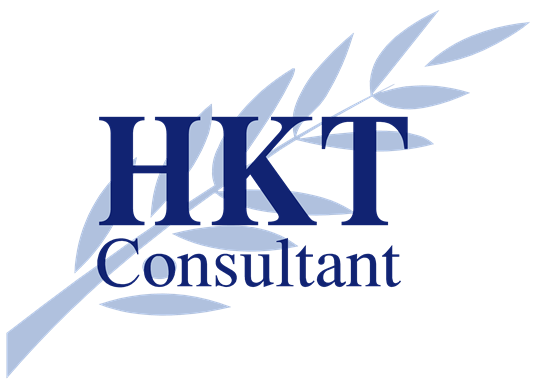- Coordinate planning across enterprises in the supply chain. For a supply chain to manage predictable variability successfully, the entire chain must work toward the one goal of maximizing profitability. Every member of a supply chain may agree with this in principle. In reality, however, it is difficult for an entire supply chain to agree on how to maximize profitability. Firms have even had trouble getting different functions within an enterprise to plan collaboratively. Incentives play a large role in this. Within a company, sales often has incentives based on revenue, whereas operations has incentives based on cost. Within a supply chain, different enterprises are judged by their own profitability, not necessarily by the overall supply chain’s profitability. From the examples considered earlier, it is clear that without a focus on getting companies to work together, a supply chain will return suboptimal profits. Collaboration should occur through the formation of joint teams. Incentives of the members of a supply chain must be aligned. High-level support within an organization is needed because this coordination often requires groups to act against their traditional operating procedures. Although this collaboration is difficult, the payoffs are significant. The concept of collaborative forecasting, planning, and replenishment is discussed in greater detail in Chapter 10.
- Take predictable variability into account when making strategic decisions. Predictable variability has a tremendous impact on the operations of a company. A firm must always take this impact into account when making strategic decisions. However, predictable variability is not always taken into account when strategic plans are made, such as what type of products to offer, whether or not to build new facilities, and what sort of pricing structure a company should have. As indicated in this chapter, the level of profitability is greatly affected by predictable variability and, therefore, the success or failure of strategic decisions can be determined by it.
- Ensure that senior leadership owns the S&OP process. The role of an S&OP process owner is like that of the conductor of an orchestra—to bring different functions and organizations together in a supply chain. Given competing interests, this alignment is unlikely unless the S&OP process owner is a senior leader with sufficient authority.
- Ensure that the S&OP process modifies plans as the reality or forecasts change. It is important that early warning alerts be built into the S&OP process. A change in demand or supply circumstances may leave the reality different from plan. In such a situation, it is important for the planners to alert the supply chain regarding the old plan and provide a new plan that accounts for these changes. Even if there are no short-term alerts, the output of the S&OP process should be modified as forecasts or marketing plans are adjusted.
Source: Chopra Sunil, Meindl Peter (2014), Supply Chain Management: Strategy, Planning, and Operation, Pearson; 6th edition.

You made some good points there. I looked on the internet for the topic and found most persons will approve with your blog.